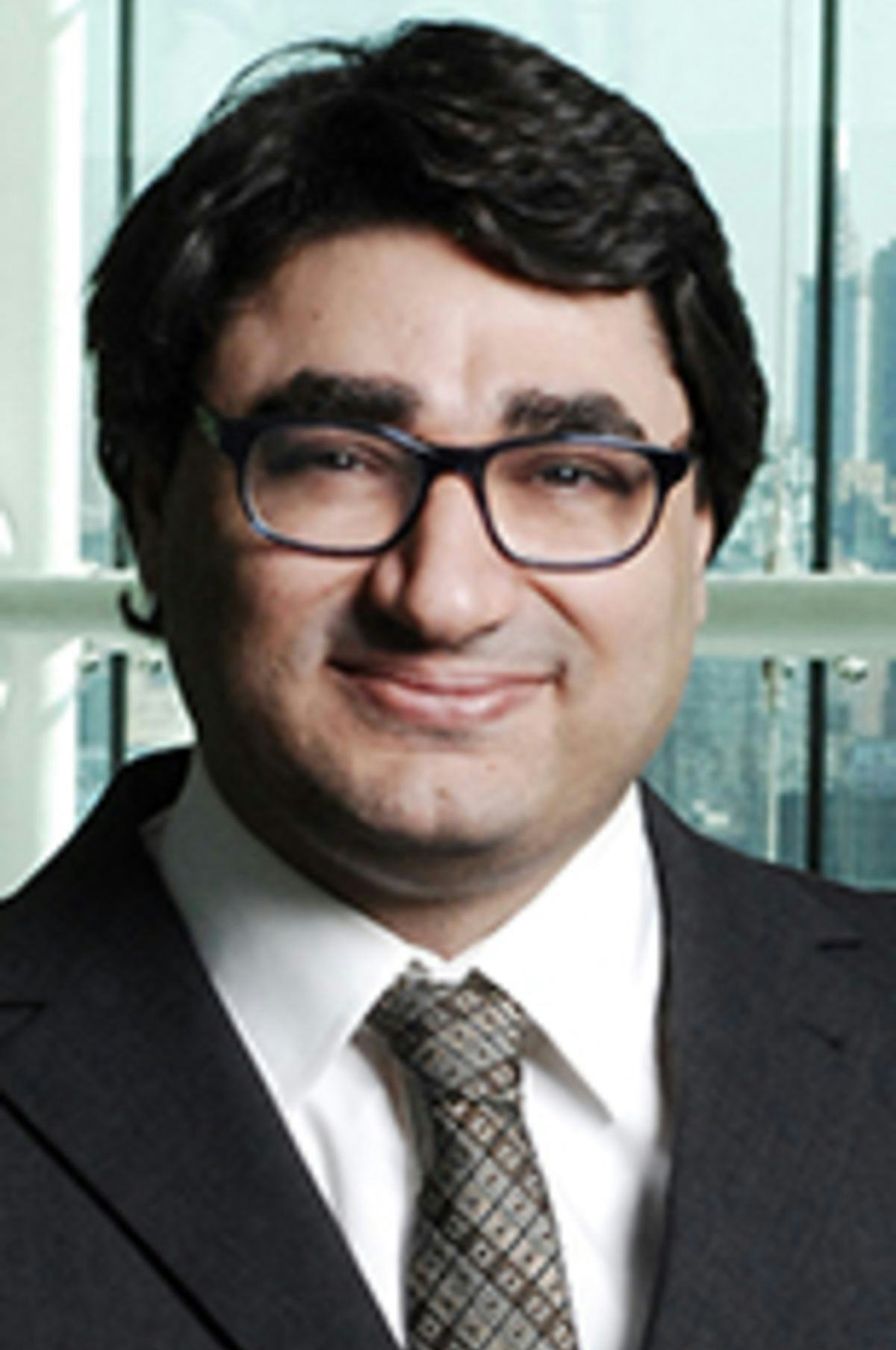Women at Work: Exploring the Gender Gap in Business and Technology
Students Rely on Stevens Lessons to Analyze Workforce Demographics and Prepare for Their Own Careers
Most senior design projects offer an exciting glimpse into the future, with students harnessing the latest technologies to find answers for emerging challenges across industries. But one project is using technology to better analyze a long-standing problem in the corporate world: the gender gap.
Despite earning more undergraduate degrees than men in the United States, women remain underrepresented in the business and technology workforce, a disparity that is more pronounced higher up the career ladder. A trio of students in the School of Business wanted to understand why women in these industries weren’t advancing in their careers at the same pace as men.
To determine the factors that contribute to this gap, the team turned to skills and techniques they learned during their time at Stevens Institute of Technology.
“The business school really emphasizes regressions, which are applicable to a lot of projects, but trying to apply them to real-world data is always harder than just getting a data set in class,” said Nicole Lange ’19, a Quantitative Finance major. “It was challenging but nothing that I couldn't handle from what I've learned at Stevens.”
Deciphering the data
A literature review gave the group of seniors a sense of the existing theories, which informed their approach to pinpointing important variables. They also had the guidance of two advisors: Dr. Hamed Ghoddusi, an assistant professor in the business school, and Dr. Yu Tao, an associate professor in the College of Arts and Letters whose research examines the impact of workforce demographics.
“There was so much data for us to wade through, and having two advisors really helped narrow our search,” said Kristina Redmond ’19, who is also studying Quantitative Finance. “Professor Ghoddusi challenged us to find that data and more technical angle. I think it says a lot about the culture of the school that they’re willing to promote a topic like this.”
Dr. Ghoddusi said he has gained new insights through this project, which introduced him to different theories about career obstacles unique to women. He believes the project will be enlightening for the school’s wider community as well.
“At Stevens, we train people and send them out into tech jobs, and the gender gap is still an issue there,” he said. “It’s important to bring more awareness to it, and I think even the university can benefit from looking at their results.”
Stevens graduates buck this trend, with women out-earning men by 1.6 percent. And some of the team’s findings provided a glimmer of hope; they found that, at larger companies, women in business and technology earn nearly $7,300 more a year, while men in these fields see a $5,750 boost. It suggests that bigger organizations are taking the necessary steps toward closing the gap.
But their research also showed that there are still many other barriers women face at work, and they don’t reap the same rewards as their male counterparts throughout their careers.
Even though the results weren’t always encouraging, the team’s ability to use technology to find them was.
“I look at understanding technology as another tool in your toolkit,” said Finance student Michelle Drobish ’19, who has accepted an offer with JPMorgan Chase. “It’s extremely valuable, especially as women, to have that understanding and to be able to explain technology to someone else.”
Making an impact at work
It’s a systemic problem they know they can’t solve on their own, but by continuing to bring attention to it, they hope that more changes will be made to address the underlying causes. Their findings will be showcased at the May 3 Innovation Expo, but both the students and Dr. Ghoddusi hope to see future Stevens seniors take up this project. The team only examined about 20 of the more than 250 variables in the National Science Foundation data set used for the project.
“We even began the long process of doing our own personal survey, but there wasn’t enough time,” said Lange, who will start working as a consultant at Protiviti after graduation. “It would be interesting if someone picked up the torch and expanded on the research.”
For their part, the three seniors plan to carry their findings with them as they embark on their careers. Tackling this issue while also preparing to enter the workforce could have been dispiriting, but they took heart in the idea that they can put what they’ve learned into practice.
“Even though the results might not necessarily make us feel super confident to go into a field like this, I think in some ways it’s also very motivating,” said Redmond, who will begin her career at JPMC’s global finance and business management rotational program. “The fact that this issue is discussed a lot more now gives me hope that we can have an impact, whether it be through mentorship or other training. And it’s inspiring to see other women achieving success in these fields, knowing that years ago it might not have been possible.”
School of Business Quantitative Finance Degree Hanlon Financial Systems Center



